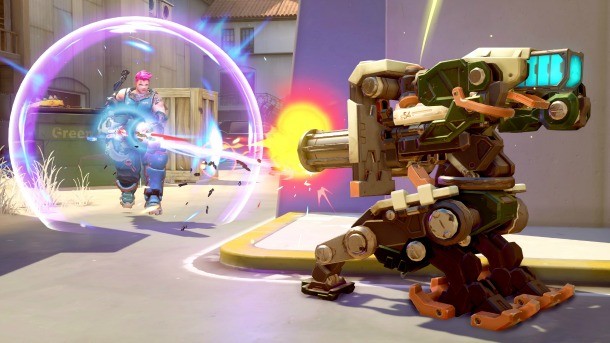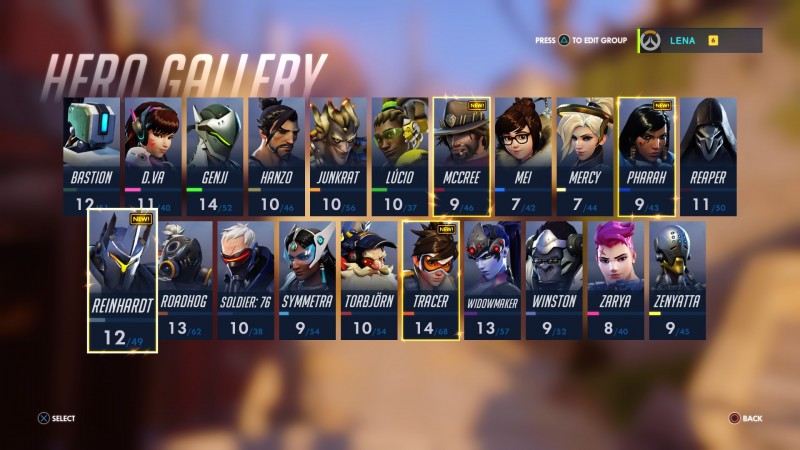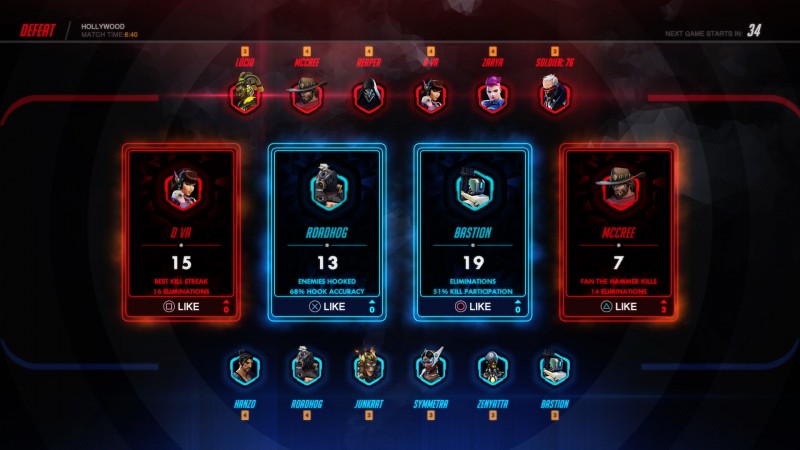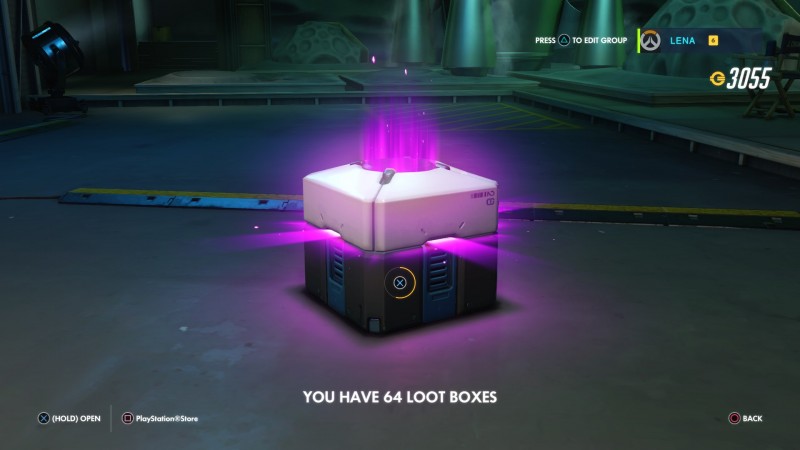What You Need To Know About The Overwatch Open Beta

Overwatch is Blizzard’s hero-focused 6v6 objective based team shooter launching on May 24, but you have a chance to participate in the game’s open beta starting today at 4:00 p.m. Pacific to get a taste of the action. The open beta is available on Xbox One, PS4, and PC during this time. Here’s what you should know going in.
There’s a tutorial and you can play against A.I., but this is a multiplayer online-only game
Overwatch has no campaign, no gameplay-affecting hero progression, and no single-player fare of any consequence (though you can play against A.I. to hone your skills if you wish). Overwatch is a fundamentally multiplayer experience that revolves around 6v6 objective-based matches centering on cooperation and teamplay. If you want to pump up your KDA and top the boards like you’re playing a team deathmatch game, that’s fine, but you’ll probably be doing it with a focus on eliminating specific targets to open up objectives for your team.
Everything takes place at the match level
Once you queue up, either alone or with your friends, you’ll be placed inside a match on one of the game’s various maps. While the objectives differ from map to map, they fall into basic baskets. Assault is a typical “capture one point, then capture another point” mode with an attacking and defending team. Escort is similar to Team Fortress 2’s “payload” maps, where the attacking team attempts to lead a chugging caravan on a set path through enemy defenses to the finish line.
Overwatch also has Team Fortress-esque “hybrid” maps that start as an assault map for the first point, but then the payload is unlocked and it needs to be escorted. Finally, the control map style features one central point that both teams battle over and attempt to hold to acquire enough points for victory. Neither team is designated attacker or defender in control, but it constantly shifting gears based on who controls the point.
It’s all about the characters
Characters in Overwatch come in many styles and flavors, from the traditional “I’m coming to Overwatch from another shooter and I have no idea who I should play first” Soldier 76 to the more esoteric and specialized oddities like Mei and Symmetra. Unlike other shooters, instead of selecting or modifying a loadout, your character’s entire kit is set in stone and tied to your character. A wealth of archetypes are available if you like certain playstyles, like the sniper-elite Widowmaker, the turret-tinkering Torbjorn, or the front-line tank Reinhardt. After many games and some experimentation, you will probably start to have an idea of who your personal style aligns with, so try them all and be willing to swap, which is something you can do even in the middle of a match. You have access to all characters and maps with no unlocking needed, and Blizzard has stated it will not divide the community by locking out characters or maps in future content releases.

Swapping is awesome, do it
Over the course of an Overwatch match you can change characters constantly if you so desire. This is a tactical response to the ever-changing nature of the game and allows for teams to rapidly deploy new compositions to face changing (or unchanging) threats. If the opposing team wants to stack up five Hanzos and rain down arrows from the rooftops into your escort entourage, change things up and slide in a few Reapers to go on a cleaning spree. While constructing your team, the game will provide helpful hints like “you don’t have any tanks” or “your team has low damage”. While these tips are absolutely not applicable to all situations and team compositions, especially if you’re working on a specific team with friends, they provide an excellent at a glance look at what your team may need in a public match. That said, if you want to roll with six Widowmakers or six Bastions, no one is stopping you.
Start simple, and then get tricky
Characters have a “star difficulty” system designation in Overwatch from one to three stars, and while this system isn’t a hard and fast guide to how difficult a character is to master, it’s great for your first dozen matches as a yardstick to help find more accessible characters. Look for 1 star characters to play, as they generally have dialed-in and specific roles that are easy to understand and play. Then, change things up with some more advanced fare and teamplay combinations, like pairing up with a Zarya to create a black hole of blasting for a massive team kill or using Mei to “wall-boost” companions into tricky places for the perfect shot.

Cool stat breakdowns after every match
After each match you see a screen that will call out players for achieving certain things, like landing abilities, doing damage, taking damage, or dishing out healing. Whether you're an assassin taking names while dishing out incredible amounts of damage or saving the team with Mercy's healing and bringing people back to life skills, there's a chance for you to shine and get a special call out from players on both teams. This doesn't do anything but give people props and provide a breather from match to match, but it's a neat little way to check out what happened during the match "at a glance" style.
Explore the progression, but you won't keep your stuff
While none of the loot crates you open during the open beta will carry over to final release, they contain a variety of cool cosmetic items including sprays, skins, voices,and victory poses. You receive experience after each match that goes toward acquiring loot boxes. While you won't be able to keep your stuff, now's a great time to get a peek at some of the interesting things you'll have access to in the final game, from the lowliest spraypaint to glamorous legendary skins.


Get the Game Informer Print Edition!
Explore your favorite games in premium print format, delivered to your door.
- 10 issues per year
- Only $4.80 per issue
- Full digital magazine archive access
- Since 1991









